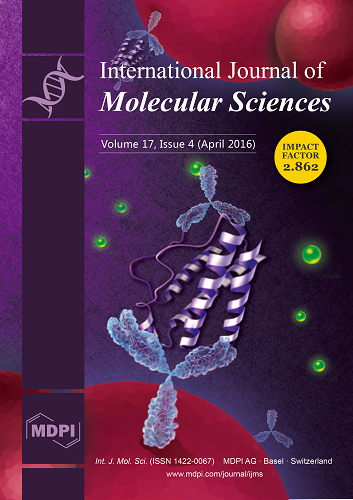1
The School of Chinese Medicine for Post-Baccalaureate, I-Shou University, Kaohsiung 84001, Taiwan
2
Chinese Medicine Department, E-DA Hospital, Kaohsiung 82445, Taiwan
3
1PT Biotechnology Co., Ltd., Taichung 433, Taiwan
4
Research Center for Chinese Medicine & Acupuncture, China Medical University, Taichung 40402, Taiwan
5
Departments of Chinese Medicine, China Medical University Hospital, Taichung 40447, Taiwan
6
School of Post-Baccalaureate Chinese Medicine, College of Chinese Medicine, China Medical University, Taichung 40402, Taiwan
7
Department of Biological Science and Technology, China Medical University, Taichung 40447, Taiwan
8
Department of pathology, Changhua Christian Hospital, Changhua 50506, Taiwan
9
Department of Medical Technology, Jen-Teh Junior College of Medicine, Nursing and Management, Miaoli 35665, Taiwan
10
Department of Biotechnology, Bharathiar University, Coimbatore 641046, India
11
Department of Surgery, School of Medicine, College of Medicine, Taipei Medical University, Taipei 11042, Taiwan
12
Graduate Institute of Basic Medical Science, China Medical University, Taichung 40402, Taiwan
13
School of Chinese Medicine, China Medical University, Taichung 40447, Taiwan
14
Department of Health and Nutrition Biotechnology, Asia University, Taichung 41354, Taiwan
add
Show full affiliation list
remove
Hide full affiliation list
Abstract
Aging, a natural biological/physiological phenomenon, is accelerated by reactive oxygen species (ROS) accumulation and identified by a progressive decrease in physiological function. Several studies have shown a positive relationship between aging and chronic heart failure (HF). Cardiac apoptosis was found in age-related diseases.
[...] Read more.
Aging, a natural biological/physiological phenomenon, is accelerated by reactive oxygen species (ROS) accumulation and identified by a progressive decrease in physiological function. Several studies have shown a positive relationship between aging and chronic heart failure (HF). Cardiac apoptosis was found in age-related diseases. We used a traditional Chinese medicine,
Alpinate Oxyphyllae Fructus (AOF), to evaluate its effect on cardiac anti-apoptosis and pro-survival. Male eight-week-old Sprague–Dawley (SD) rats were segregated into five groups: normal control group (NC),
d-Galactose-Induced aging group (Aging), and AOF of 50 (AL (AOF low)), 100 (AM (AOF medium)), 150 (AH (AOF high)) mg/kg/day. After eight weeks, hearts were measured by an Hematoxylin–Eosin (H&E) stain, Terminal deoxynucleotidyl transferase dUTP nick end labeling (TUNEL)-assays and Western blotting. The experimental results show that the cardiomyocyte apoptotic pathway protein expression increased in the
d-Galactose-Induced aging groups, with dose-dependent inhibition in the AOF treatment group (AL, AM, and AH). Moreover, the expression of the pro-survival p-Akt (protein kinase B (Akt)), Bcl-2 (B-cell lymphoma 2), anti-apoptotic protein (Bcl-xL) protein decreased significantly in the
d-Galactose-induced aging group, with increased performance in the AOF treatment group with levels of p-IGFIR and p-PI3K (Phosphatidylinositol-3′ kinase (PI3K)) to increase by dosage and compensatory performance. On the other hand, the protein of the Sirtuin 1 (SIRT1) pathway expression decreased in the aging groups and showed improvement in the AOF treatment group. Our results suggest that AOF strongly works against ROS-induced aging heart problems.
Full article






